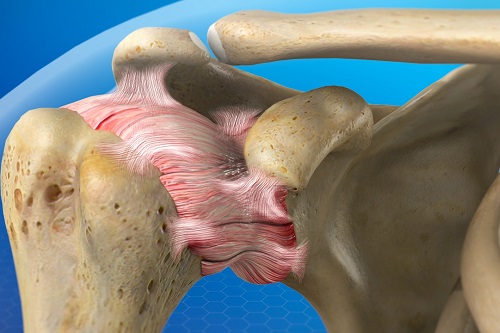Frozen Shoulder Release

While physiotherapy successfully treats most cases of frozen shoulder, there are instances where it, along with other non-surgical treatments, might not provide relief. In such situations, surgical intervention may be necessary.
One common surgical option is capsular release. This procedure, performed through arthroscopy (a keyhole surgery technique), involves cutting through the tightened capsular tissue around the shoulder joint to enhance mobility.
Capsular release is a minimally invasive technique specifically designed to address frozen shoulder (adhesive capsulitis), a condition characterized by the thickening and tightening of the shoulder’s connective tissue capsule, leading to pain and limited movement.
What does capsular release involve?
Capsular release is conducted through a minimally invasive technique, under either local or general anesthesia. For those receiving local anesthesia, the area around the shoulder is numbed, and a sedative is administered to ensure relaxation. The procedure involves making three small incisions on the shoulder, through which an arthroscope and another surgical tool are inserted. The arthroscope, equipped with a camera, enables the surgeon to view the interior of the shoulder joint clearly. After assessing the shoulder’s condition, the surgeon uses the other instrument to sever the constricted capsular tissues encasing the joint. Additionally, radiofrequency waves may be employed to cauterize the tissue, effectively reducing any potential bleeding. Once the procedure is completed, the incisions are stitched up.
Post-surgery, patients receive effective pain management and are scheduled for follow-up physiotherapy. This rehabilitation is crucial for aiding in the recovery process and restoring the shoulder’s full range of motion.
